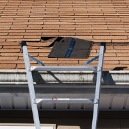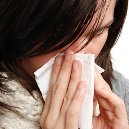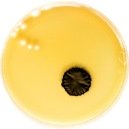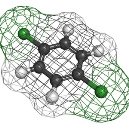Find a pre-screened local mold removal specialist Free Estimate
Find a Mold Specialist Now
Click or Call, Toll-Free 24/7
Headaches Caused by Toxic Mold
Headaches, including migraines, are common mold sickness symptoms. Exposure to household mold can trigger a headache or migraine for many reasons. Sometimes they occur as a result of an allergic reaction to mold spores in the air. Sometimes it’s a result of sinus pressure caused by a sinus infection or inflammation of the mucous membranes in the nasal and sinus cavities, which is a common symptom of mold exposure. Sometimes it’s a response to toxic substances called mycotoxins which are produced by some types of mold.
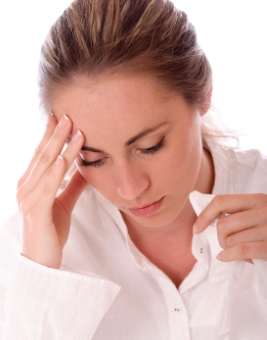
Symptoms
Mold-related symptoms vary in frequency, duration and severity. The longer you are exposed to mold, though, the more severe your symptoms will likely become. Children, elderly people and those with pre-existing health problems are most susceptible to mold-related illnesses, but even healthy young adults can be affected. While a headache may seem like a relatively minor problem, they can be severe and if they occur frequently, can become very disruptive to daily life. Other symptoms of mold exposure include sneezing, red eyes, coughing, sore throats, wheezing, fatigue, depression and skin rashes.
Migraines
A migraine is a particularly severe headache. Often, a migraine causes pain on just one side of the head, although it can cause pain on both sides. The pain is often described as excruciating. A migraine is often accompanied by other symptoms, too, such as extreme sensitivity to light or sound, blurred vision, visual disturbances such as seeing flashing lights, numbness or tingling in arms and legs, problems with speech or language, dizziness or fainting, and nausea and vomiting. Many people are unable to drive a car, go to work or do other important activities while suffering from a migraine. If they occur frequently, they can be quite debilitating and even disabling.
Treatment For Headaches And Migraines
See your doctor if you begin having problems that you haven’t had before, or if you begin having them more often than you have in the past or if they seem to be getting worse. Over-the-counter medications like Tylenol or ibuprofen might help temporarily, though those kinds of medications usually aren’t strong enough to take care of a migraine. Your doctor can prescribe stronger medications if necessary, but if you continue to be exposed to mold, you’ll probably continue to have mold sickness symptoms and they may even get worse over time.
Strong prescription medications are often required to relieve a migraine, which carry the risk of serious side effects. Sometimes injections of pain medication are required. Other medications can be used to prevent migraine symptoms if they occur frequently, but that means taking prescription medications daily, which also carries the risk of side effects. And unfortunately, if you are experiencing migraine symptoms due to exposure to mold, preventative medications may not help much if you continue to be exposed to mold.
Mold Removal
To prevent headaches and migraines from continuing and possibly worsening, you’ll need to reduce, or preferably eliminate, your exposure to mold. That means locating and removing all mold from your home. It’s important to do the job thoroughly, but it’s also important to avoid exposing yourself to mold during the cleanup process. You’ll need to use the proper safety gear, including an N-95 face mask. We suggest checking with your physician first to make sure it’s safe for you to clean up mold yourself if you’re having symptoms of mold-related illness.
We also suggest scheduling a free inspection by a mold remediation professional that can determine the extent of the mold problem in your home and advise you about safe mold removal procedures. The inspection and initial consultation are free, so you have nothing to lose. Even if you plan to take care of the mold removal yourself, you can benefit from some expert advice on the matter. To find experienced mold remediation professionals in your area, just follow the link.
Return From Headaches from Toxic Mold To Our Main Symptoms Page
Free Home Inspection By A Mold Removal Specialist
Search This Website
Recent Articles
-
See Our 5 Recommended Mold Removal Companies in Covington, KY
Apr 16, 25 12:59 PM
-
See Our 5 Recommended Mold Removal Companies in Wheaton, IL
Jun 20, 24 10:33 AM
-
See Our 5 Recommended Mold Removal Companies in Aberdeen, SD
Oct 08, 21 04:05 PM
